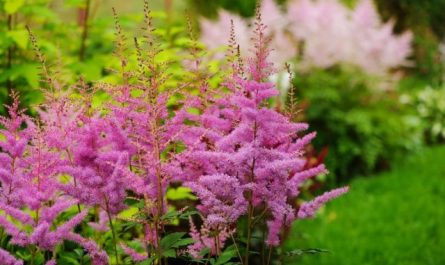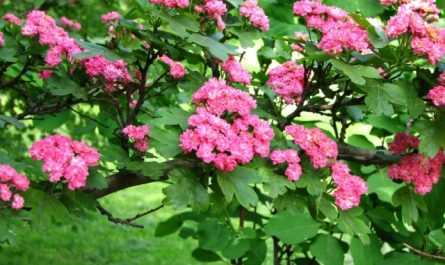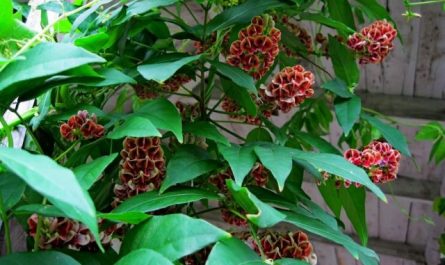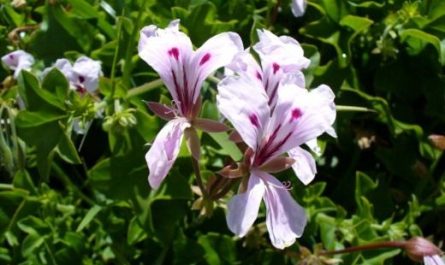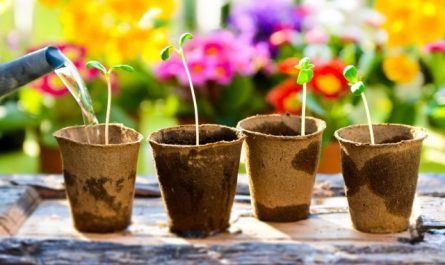Calendula, a close relative of asters, daisies, chamomile and other representatives of the numerous Asteraceae (Compositae) family, is affectionately called “marigold” by many. This versatile plant with numerous sunny flowers has long gained great popularity.

Description of calendula
Calendula is popularly used as an effective remedy for the treatment and prevention of various diseases. Gourmets use it as a piquant spice for sauces, soups and meat dishes. For the fair sex, it is a good cosmetic product, and for gardeners, it is an active assistant in the fight against garden pests: thrips, nematodes, etc. At the same time, all the above-mentioned advantages of calendula are perfectly combined with the bright appearance of the plant, for which, in fact, this flower is mainly grown.
About 20 varieties of annual and perennial calendulas adorn the Mediterranean, Western and Central Europe, and Western Asia. In our region, the most common is Calendula officinalis (Calendula officinalis). Many species of calendula grow as weeds, such as Field Calendula (Calendula Arvensis).
Marigolds are famous for their unpretentiousness to unfavorable growing conditions. They easily take root and grow fully in any corner of the garden or vegetable garden. The height of the calendula is 40-60 cm, the diameter of the inflorescences of some varieties reaches 7-8 cm. Bright flowering in golden-orange tones and a specific aroma of flowers can successfully complement any flower garden or Moorish lawn.
Low-growing forms of marigolds will liven up an alpine garden. They will look great in border plantings among annuals with bright blue or pink flowers. Low-growing terry varieties of calendula, grown in beautiful vases and baskets, will worthily decorate a balcony or an open terrace, and tall forms will delight for a long time when cut.

Calendula – growing and care
Marigolds love sunny places; in the shade they stretch out a lot and bloom poorly. The plants tolerate poor soils well, grow fully in any garden soil, but prefer loose, moderately moist and humus-fertilized soil. If the soil is poor, then before autumn digging, experienced gardeners recommend adding 40 g of phosphorus-potassium fertilizers and 3 kg of humus per m².
When growing calendula, it is important to remember that excessive fertilizing, too dense plantings, and long-term presence of plants in one place can provoke black spot disease. In such cases, diseased plants should be removed from the site as quickly as possible, preferably along with the roots.
Planting calendula
Marigolds are cold-resistant. They can withstand temperatures down to 5 °C and are not afraid of recurrent spring frosts. Calendula seeds can be sown under glass in spring or before winter. To make the plants bloom earlier, seeds are sown in a greenhouse for seedlings in February.
The first shoots of calendula appear in March-April. At the end of May, the strengthened seedlings are transplanted to a permanent place in open garden soil. When sowing before winter, calendula seeds are embedded in furrows to a shallow depth (up to 3 cm). In the spring, as soon as the soil warms up to 4 ° C, the seeds will begin to germinate, and at a temperature of 8 ° C, they will actively grow. About a month later, the calendula crops should be thinned out taking into account the varietal height of the plants, leaving an interval of 20-40 cm between the specimens.

Collection of calendula flowers
Calendula usually blooms 3-4 weeks after the shoots appear, and you can immediately collect its medicinal inflorescences-baskets. It is interesting that the concentration of medicinal substances in the inflorescences directly depends on the brightness of the color – the brighter the flowers, the higher the concentration in them.
The more flowers you pick, the more new ones will bloom, and the flowering itself will last until the frosts. If you do not pick the calendula flowers, the flowering will end in July. In August, ripe seeds must be collected to prevent unwanted self-seeding.
The blossoming inflorescences are collected in dry weather, choosing only the marginal baskets that have taken a horizontal position. The flowers are dried in the shade until they fall apart from light pressure with your fingers. It should be noted that it is not recommended to collect calendula for people suffering from bronchial asthma, as the pollen of the plant can provoke an allergy.
Thanks to their decorative appearance, marigolds can decorate not only a garden or flowerbed, they get along well in beds among numerous vegetable crops and strawberries. They are often planted among flowers: asters, roses, gladioli. They neutralize the soil on which they grow and prevent the development of root rot. Bright sun-like flowers of calendula with a specific aroma attract striped insects and hoverflies, whose larvae happily eat aphids.



